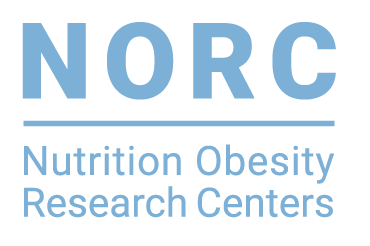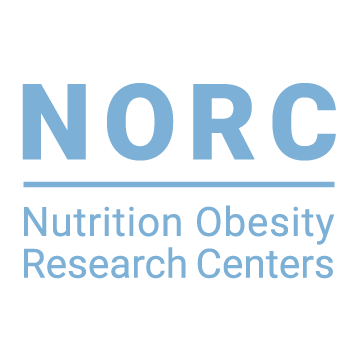Abstract
Maximal exercise-associated oxidative capacity is strongly correlated with health and longevity in humans. Rats selectively bred for high running capacity (HCR) have improved metabolic health and are longer-lived than their low-capacity counterparts (LCR). Using metabolomic and proteomic profiling, we show that HCR efficiently oxidize fatty acids (FAs) and branched-chain amino acids (BCAAs), sparing glycogen and reducing accumulation of short- and medium-chain acylcarnitines. HCR mitochondria have reduced acetylation of mitochondrial proteins within oxidative pathways at rest, and there is rapid protein deacetylation with exercise, which is greater in HCR than LCR. Fluxomic analysis of valine degradation with exercise demonstrates a functional role of differential protein acetylation in HCR and LCR. Our data suggest that efficient FA and BCAA utilization contribute to high intrinsic exercise capacity and the health and longevity benefits associated with enhanced fitness.
Citation
- Overmyer KA, Evans CR, Qi NR, Minogue CE, Carson JJ, Chermside-Scabbo CJ, Koch LG, Britton SL, Pagliarini DJ, Coon JJ, Burant CF. Maximal oxidative capacity during exercise is associated with skeletal muscle fuel selection and dynamic changes in mitochondrial protein acetylation. Cell Metab. 2015 Mar 3;21(3):468-78. PMID: 25738461; PMCID: PMC4350023.
Read More: Cell Metabolism
Research Details
- Research Center: University of Michigan

